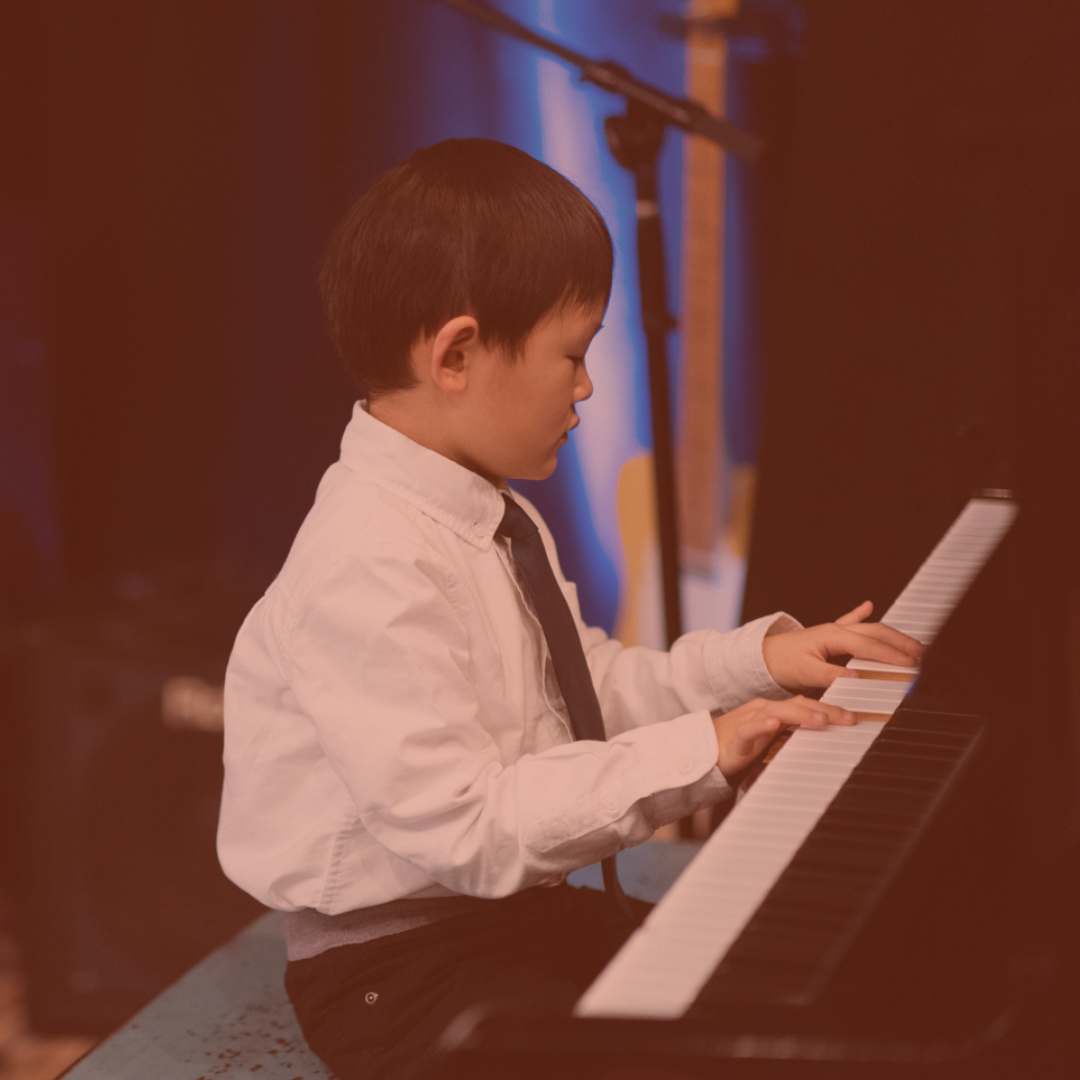
Teaching Sight-Reading to Kids
I’ve been thinking a lot lately about the best ways to introduce sight-reading to students (particularly younger musicians). One of the most common ways music is taught to be memorized is with mnemonics. We all know “All Cows Eat Grass” for bass clef spaces, and “Every Good Boy Does Fine” for treble clef lines etc. It’s also common for students to learn notes with flashcards or other memorization techniques. Although these methods are helpful for some, I have found that it’s useful to explore other methods of sight-reading that are more musical and pattern based.
Why I don’t believe mnemonics are helpful (for most kids):
Hard to Remember
Students don’t remember which of the 4 mnemonics fit which clef and whether they refer to lines or spaces.
Extra Step in Process
For students who are still learning to read words this creates an extra step (i.e if they are remembering bass clef spaces with “All Cows Eat Grass,” they first have to remember which letter “Grass” starts with and then apply it musically). I have found that this adds confusion and is not helpful in the process.
Not musical
These mnemonics have no connection to anything musical or pattern related.
Techniques I have found more helpful:
Identify Direction of High/Low
First start by identifying the patterns of high and low sounds. On piano it is not immediately apparent that notes going lower mean that you go to the left on the piano and visa versa. Here is a simple game I created to identify high and low patterns High/Low Game.
Identify steps and skips
Susan Paradis has a great game for identifying steps and skips called Step Skipping Along. Even if a student doesn’t know every note they can still play pieces by identifying intervals.
Step-wise reading
Music reading is all about following patterns and the direction of the music. I love this sight-reading exercise from Pianimation called Sight Reading Cards.
Small Chunks
Eventually we do want students to be able to identify notes independently. If you are to use flashcards, I love these fly flashcards. I don’t use all the cards at once though, we’ll start with just spaces in treble clef and then only lines in treble clef etc. My students love hitting the cards with a fly swatter as I call them out. Click here to download Fly Flashcards.
Don’t Give Out The Notes
When a student doesn’t know a note encourage them to figure it out on their own by finding a note they already do know and counting the lines from that note. This also makes much more sense visually and musically. You can remind them that the line in between the dots in bass clef is an F, and the treble clef symbol wraps around a G.
Stairstep Game
This game makes great musical sense by encouraging students to see notes as they lie on the staff Musical Alphabet Mystery.